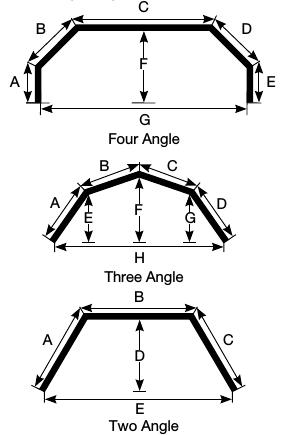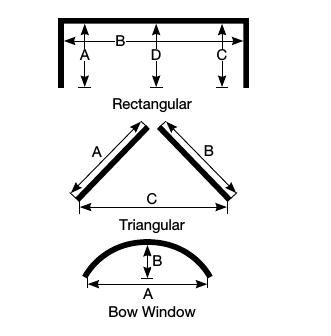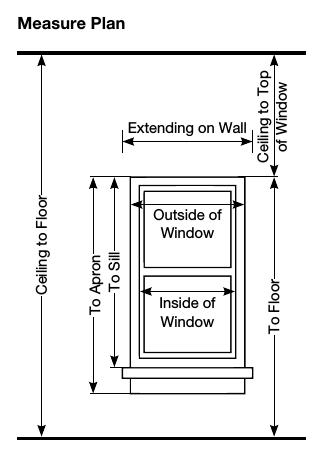How to Order Cut–To–Measure Traverse Rods
Standard Rod Sets
(Single Or Double Combination Rods)
Specify:
- Quantity: total quantity of each specific type rod ordered
- Number as listed under rod set illustrations:
- Includes: code, item number, and finish; note that separate
numbers are listed for similar sets of heavy duty and regular
cut–to–measure rods - Description: EXAMPLE: “heavy duty two–way traverse set”
- Exact width: from outside of bracket to outside of bracket;
allowances are made where necessary - Projection: when choice of projections is offered
- Measurement from rod to floor for cord tension pulley
- Stack and control location
Curved Rod Sets
Specify:
- Quantity: total quantity of each specific type rod ordered
- Quantity: total quantity of each specific type rod ordered
Number as listed under rod set illustrations: this number includes:
Includes: code, item number, and finish; note that separate numbers
are listed for similar sets of heavy duty cut–to–measure rods - Description: EXAMPLE: “heavy duty bay window set”
- Exact required window measurements as shown in diagram with set
listing; Graber® will make allowance for projection specified - Projection: when choice of projection is offered
- Measurement from rod to floor for cord tension pulley
- Stack and control location
Cord Tension Pulleys
- Graber 8–655 or 8–658 cord tension pulleys are recommended for all Graber cut–to–measure assembled sets
- For heavier duty applications, use 8–648 metal ball bearing cord tension pulleys
Figuring Rod Width
- Always give measurement “A” from outside to outside of brackets
- Graber will make necessary allowances
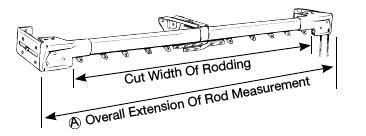
Cutting Allowance
• Cut–to–measure rodding must be cut slightly shorter than the overall rod extension measurement to allow for brackets and pulley housings • The difference between these measurements is the “cutting allowance”
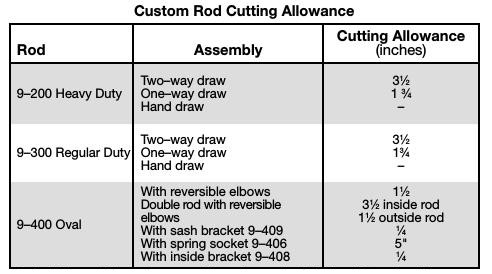
Measuring Diagrams
